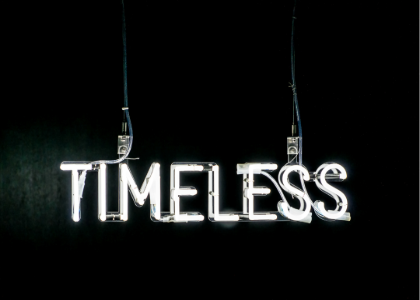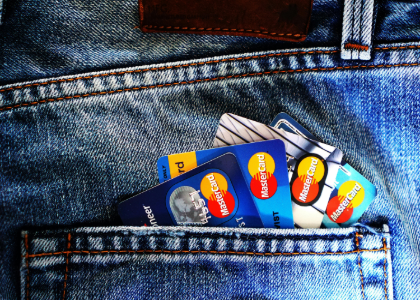Blog

Why Is My Logo Blurry?
If you're proud of your logo, chances are you'll want to display it everywhere. You can put it on your business cards, website, posters, and even promotional items. Since this is your ambassador, you need to make sure that it is always perfect, no matter the medium. But what do you do if your logo is blurry? Here are some possible solutions.
3 Reasons Why Your Logo Might Look Blurry
You may not be familiar with the different image formats or aren't sure how to use your logo effectively on the web. So, we have three things to check to avoid having a blurry logo.
Your logo is in low resolution
The first thing to check is whether you're using a high-resolution or low-resolution file. This is because the fewer pixels the image is made of, the more likely your logo will appear blurry. This is especially important if you're using your logo in larger sizes.
For example, a file that is 200 x 200 pixels will be considered low-resolution. This can work for social media profile pictures, email signatures, or for a Favicon. On the contrary, for printing or large pieces, you should opt for a high-resolution or vector file so that it is not pixelated.
You're not using the right image file
Similarly, you may not be using the correct image file. Some formats are better than others for different reasons. So, it's essential to keep this in mind when you need to use your logo.
Here's a quick summary: most of the time, when possible, try to use a vector file. The great advantage of vector formats is that there is no loss of quality. This means that it is impossible for your logo to be blurry when you choose an image in SVG, EPS, AI or PDF. If you don't have vector files on hand, try to choose PNG files over JPG files as they are often of higher quality. JPGs are easy to spot, as they come with a white or colored background.
You played with the image
If you need to make changes to your logo, it's essential to use the right tools. If you use a PNG or JPG format and you modify the image, it may become blurry, especially if you play with the dimensions. You should therefore avoid it. As we mentioned earlier, it's best to use a vector file.
If you used FreeLogoDesign to create your logo and have a plan that allows modifications, you can change your logo as needed.
How do you keep your logo from looking blurry?
Now, what can you do in the future to avoid having a blurry logo? Don't forget that your logo should look professional as this has a direct impact on your credibility. Let's take a closer look.
Use the right file format and dimensions
Here's the first thing to do: always remember to use the right image file. As mentioned, it's often better to use a vector file.
For high-quality printing or editing, the printer or graphic designer will most likely request a vector file such as EPS, AI, SVG, or PDF. You can download and work on vector images with tools like Photoshop and Adobe Illustrator. A vector version of your logo is also included with FreeLogoDesign's premium plans.
If it's an image like a photo that you want to display on a website, consider choosing a JPG. They are among the smallest file types, which can help a web page download quickly.
If you don't have a vector file, PNGs can be an alternative. In addition to being of better quality than JPGs, they also allow for a transparent background. PNGs are best on the web, and for small images such as logos.
In addition, it is also essential to find out about the required dimensions to prevent the whole thing from becoming blurry. For example, based on our article on how to use your logo on social media, most recommend using a 200 x 200 pixel format, while YouTube suggests using an image that is 800 x 800 pixels instead.
If you used FreeLogoDesign to create a free logo and it's blurry, we recommend going back to the editor and increasing the size of your emblem so that it fills the entire canvas. This should save you a few pixels. However, keep in mind that your free logo is offered in low resolution.
Have a relatively simple logo
On another note, another tip is to focus on simplicity. In addition to being one of the important trends, simple logos are more flexible and easy to use just about anywhere. The fewer components it has, the more likely your logo will look good.
To prove this, we only have to look at the latest logo redesigns of major companies. Most of the time, these companies have opted for a simpler version of their emblem. Simple logos are especially easier to use on the web, so it's not to be overlooked.
In conclusion, by using the right file type and a high-resolution image, you will avoid creating a blurry logo. This is essential nowadays as your logo must represent your company, but also its values. A blurry or sloppy-looking logo will have a direct impact on how people perceive you.
You may need multiple versions of your logo to meet different needs. For example, a black and white version and another that is only of your symbol. No matter the version, your brand should always look its best!
More tips and tricks on the blog


